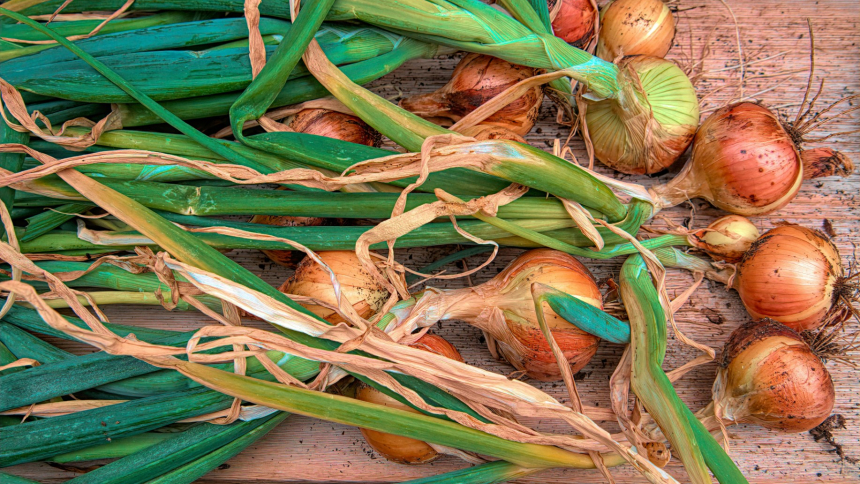
Autumn is a good time for planting a vegetable garden – almost anything, really. To paraphrase Goldilocks, it’s not too hot and not too cold but just right. We generally also get a bit of rain to help our soils along the way.
Plants thrive in these milder conditions. Here are a few suggestions to get you started.
Beautiful brassicas
This fabulous family boasts broccoli, bok choy, cabbage and cauliflower, among other delicious vegetables (see our suggestions on what to cook this autumn). Plant them in an area sheltered from strong winds that gets at least six hours of direct sunlight a day. They need good quality, well-drained soil and plenty of organic fertiliser. Try planting a few seeds every few weeks so that you have a steady supply throughout autumn. You can also buy vegies like cauliflower from punnets, rather than seeds – it is probably a good place to start if you’re a novice gardener. And remember, aphids and moths love brassicas so you’ll need to keep a close eye out for them.
Endless onions
Given how much we use onions in all their various incarnations – red, white, brown, shallots – it’s handy to have them growing in your backyard. Yes, they are often one of the cheaper ingredients to buy but there’s nothing like going out to pick your own. They can be grown from seed or seedling, planted about 20cm apart (the bigger an onion variety the more space it will need). They will take about six months to reach full size but can be harvested at any time – they just won’t be as big. Spring onions can be planted at any time of year but why not put them in at the same time.
Glorious garlic
Garlic, which is also part of the allium genus that onions belong to, is another ingredient in constant use in most kitchens. It is great to grow at home, particularly given so much of what you find on the shelves is imported. The same goes for planting seed garlic – garlic cloves reserved from previous crops. Ask for locally grown, as the treated imports may not grow. Separate cloves and plant about 20cm apart in improved soil in full sun. You can even plant it in between other vegetables, such as brassicas and carrots, to help control pests. It’s pretty maintenance free and can be harvested when the weather warms up and the tops have turned yellow.
Perfect peas
These are so good eaten straight from the garden (well, after a good wash), why wouldn’t you try them at home. They need a trellis to climb, though the height will vary with the type of pea you choose. The seeds should be soaked in warm water for a few hours before planting them where they have good airflow to prevent fungal disease. Once the peas start appearing, keep harvesting them (not that you’ll be able to resist) so that they keep producing flowers, which in turn produces more of those moreish sweet peas. The plant may start to look a bit bedraggled, like a tomato plant nearing the end of its life, but keep picking until there are no more peas, then mulch into the garden and start again. You can plant every four weeks if you want to keep the supply going.
Don’t forget fruit
A lot of fruit likes a bit of heat to take off, but the cooler months are a good time to lay the groundwork for citrus if you fancy a lemon, lime or mandarin tree in your front or backyard. Perth’s sandy soils provide plenty of drainage but they will need good quality compost and chicken manure before planting. Water the tree in well and cover the soil with mulch.
Strawberries are also good to plant as the weather cools down, giving them time to settle in before spring. They will grow in containers or planters, as well as vertically, so can be adapted to even the smallest garden space. Just be sure to use good-quality garden mix.
Pop herbs in pots
If you don’t have a lot of space at home, why not choose a few of your favourite herbs to grow in pots. Marjoram, oregano, coriander and parsley all do well planted in the cooler months and there’s nothing like freshly picked herbs to add to your dinner.
Remember, growing conditions can vary a lot, depending where you live in this great state. Ask your friendly local nursery for advice.